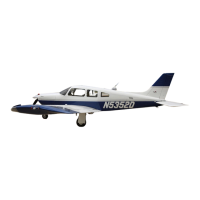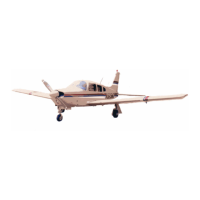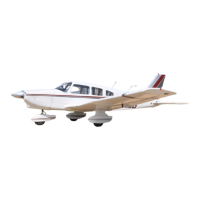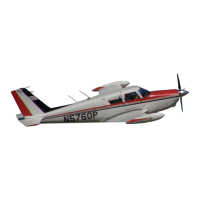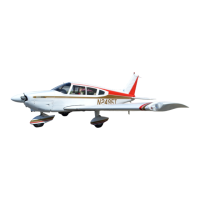2. The pump motor may be removed from the pump and disassembled as-follows:
A. Remove the thru bolts from the head of the motor. Using a knife, cut the seal coating between the
motor head and case.
B. Lift the head up from the case approximately .50 of an inch to allow inspection of the brushes
without the brushes unseating from the commutator. The brush leads are secured to the head
assembly.
C. Raise the head assembly off the armature and note the small thrust ball located between the end of
the armature and the motor head. Do not misplace this bearing.
D. Draw the armature from the motor frame. Note the number of thrust washers mounted on the drive
end of the armature shaft.
E. Remove the motor frame from the pump reservoir.
3. The valve body and gear case assembly may be separated from the reservoir as follows:
A. Remove the screws from the flange of the body and separate the two assemblies.
B. The pump gears and valves should be removed for cleaning purposes only. To remove cap
securing gears, remove cap attaching bolts. There are two valve springs that should be positively
identified with their valve cavities. Otherwise, it will be necessary to readjust each valve for
proper operating pressure.
CLEANING, INSPECTION AND REPAIRS OF HYDRAULIC PUMP.
1. Discard all old O-rings.
2. Remove cap or plugs and clean all parts with a dry type cleaning solvent and dry thoroughly.
—NOTE—
The conditions at repair require cleanliness, carefulness and
proper handling of parts. Ensure the foreign materials are
prevented from entering the system and that no parts are
damaged.
3. Inspect pump components for scratches, scores, chips, cracks and wear.
4. Inspect motor for worn brushes (minimum .218 brush remains between the braided wire and
commutator end), excess commutator wear and excess bearing wear.
ASSEMBLY OF HYDRAULIC PUMP. (Refer to Figure 29-5.)
The pump motor may be assembled and installed to the pump reservoir assembly as follows:
A. Position the motor frame on the reservoir. Note the aligning marks on the frame and reservoir.
B. Place thrust washers, of the same amount removed, on the drive end of the armature.
C. Lubricate the entire length of the armature shaft, on the drive end, with a light grease to protect
the O-ring seal from damage and insert the end of the shaft in the reservoir.
D. Saturate the felt oiling pad around the commutator end bearing with SAE 20 oil. Allow excess oil
to drain off before assembling motor.
E. Insert the thrust ball in the bearing of the head assembly. To hold the ball in position, place a small
amount of light grease inside the bearing.
F. Place the head assembly on the frame and allow the brushes to extend over the commutator.
Remove the string securing the brushes in the holders. Push the head assembly on the frame,
insure proper indexing, of head and frame assemblies and secure with thru bolts.
G. Check freedom of rotation and end play (thrust) of the armature within the assembly. A minimum
of .005 of an inch end play is allowable. Should this be incorrect, adjust by adding or removing
thrust washers on drive end of armature shaft, as required.
29-10-05
Page 29-17
Revised: July 24, 1981
2C11
PIPER AIRCRAFT
PA-28RT-201 / 201T
MAINTENANCE MANUAL
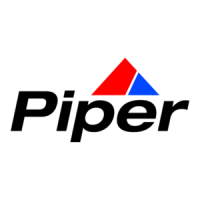
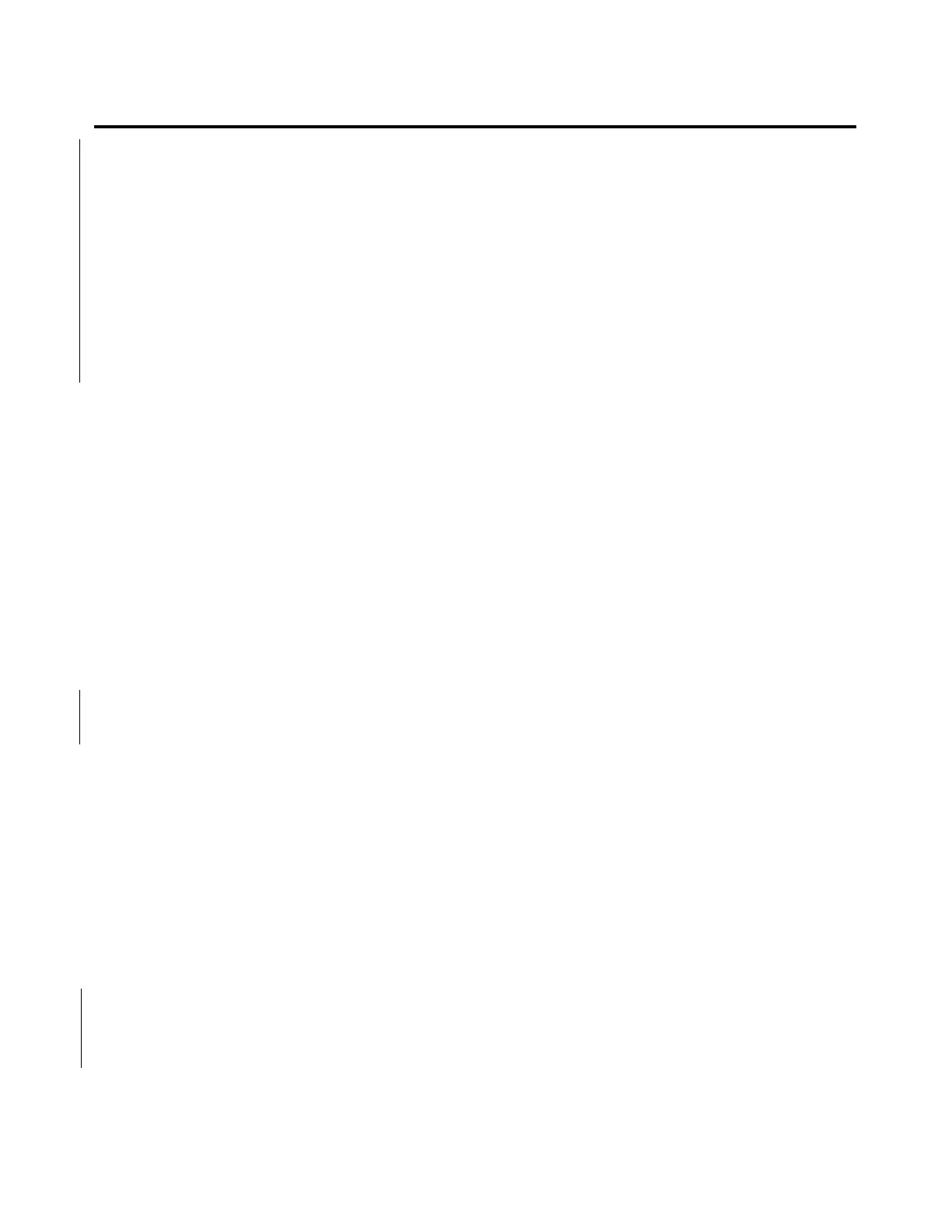